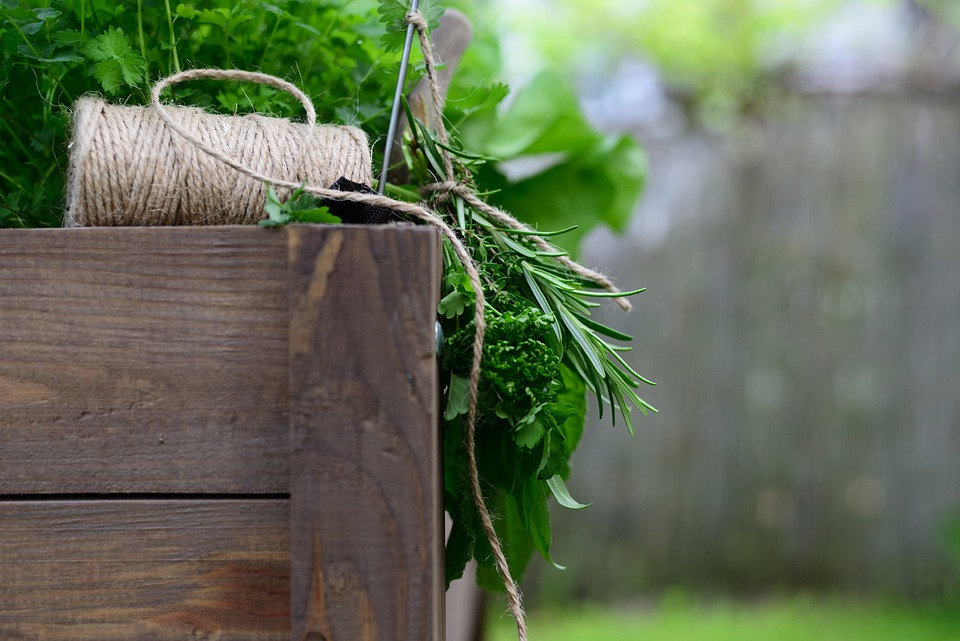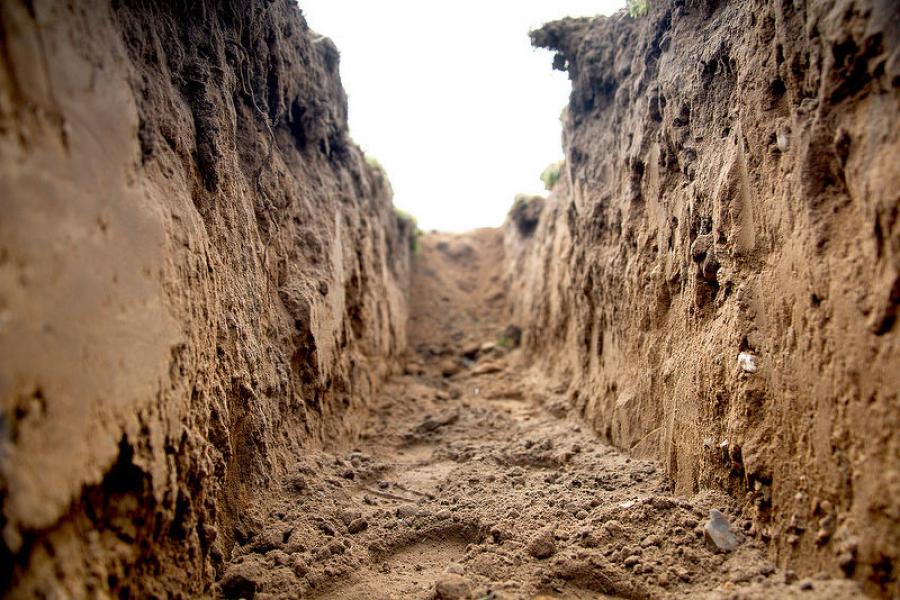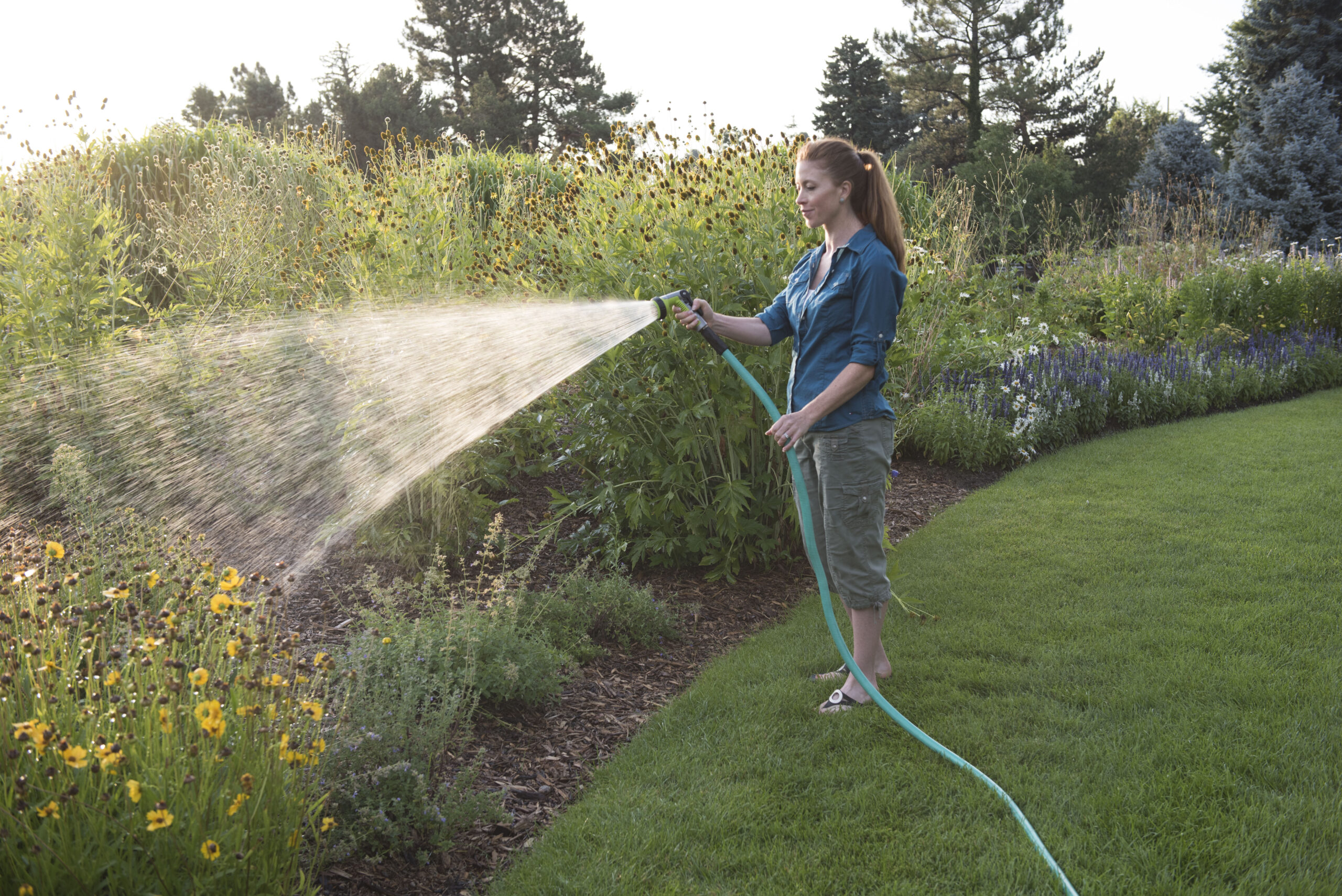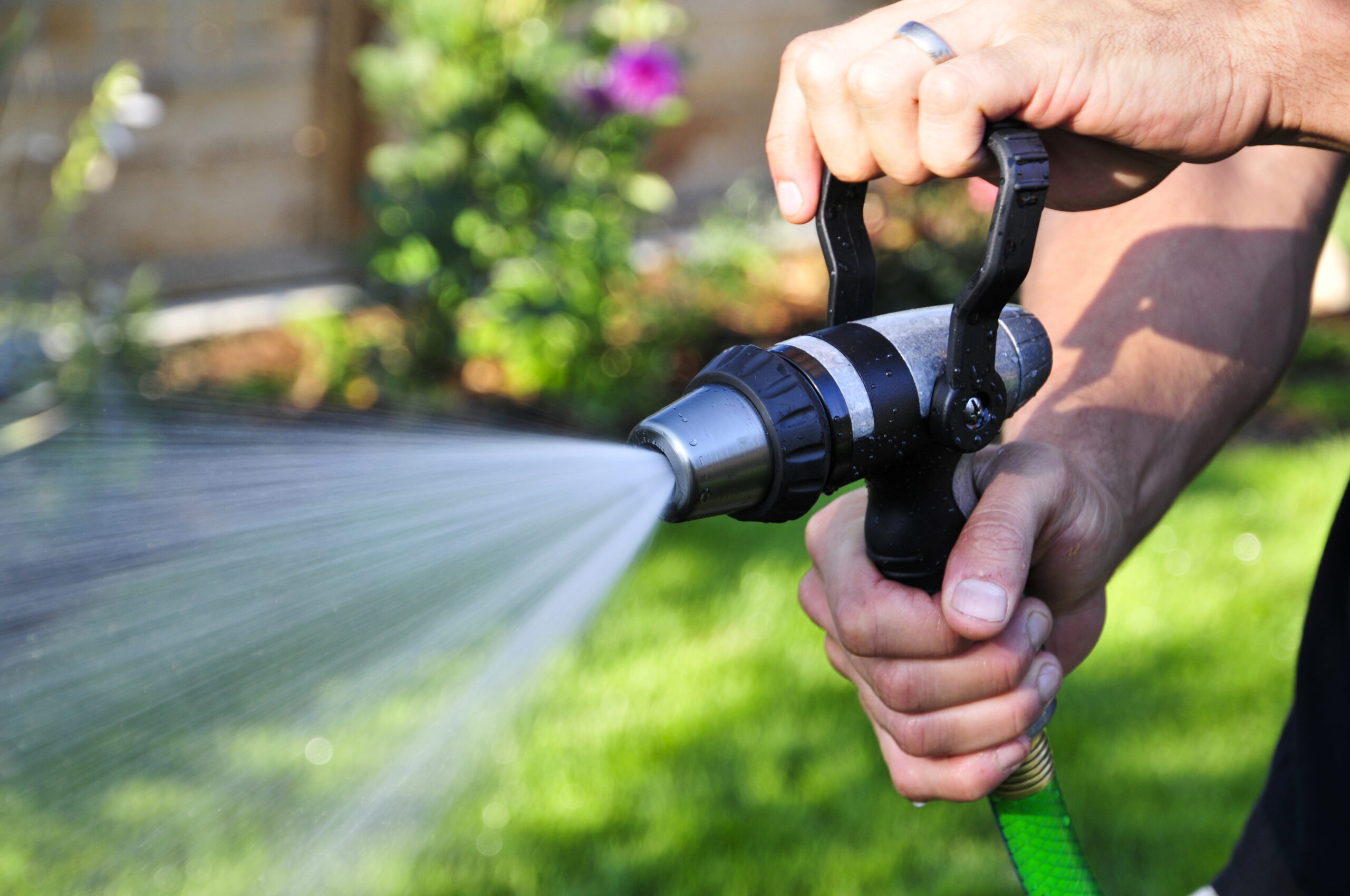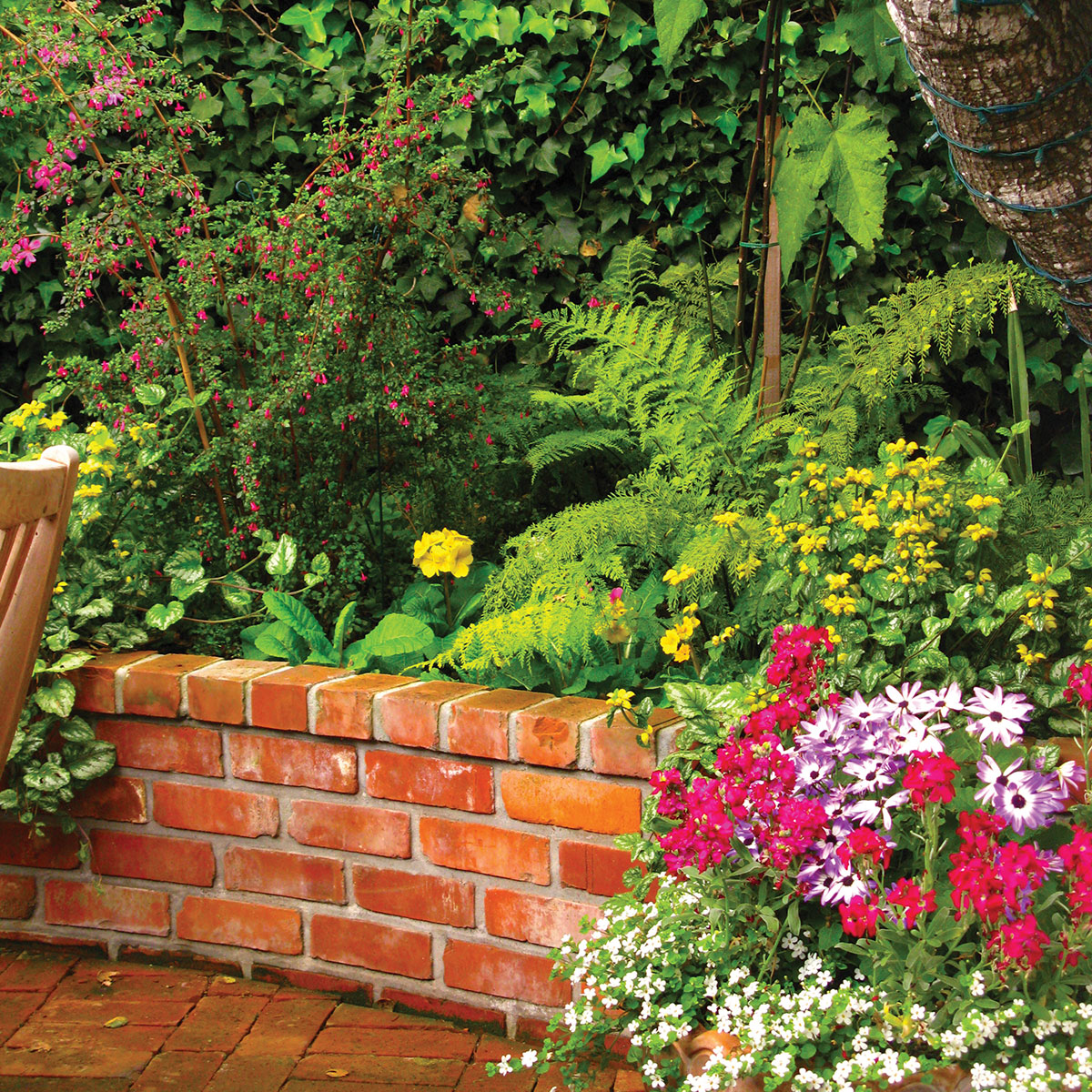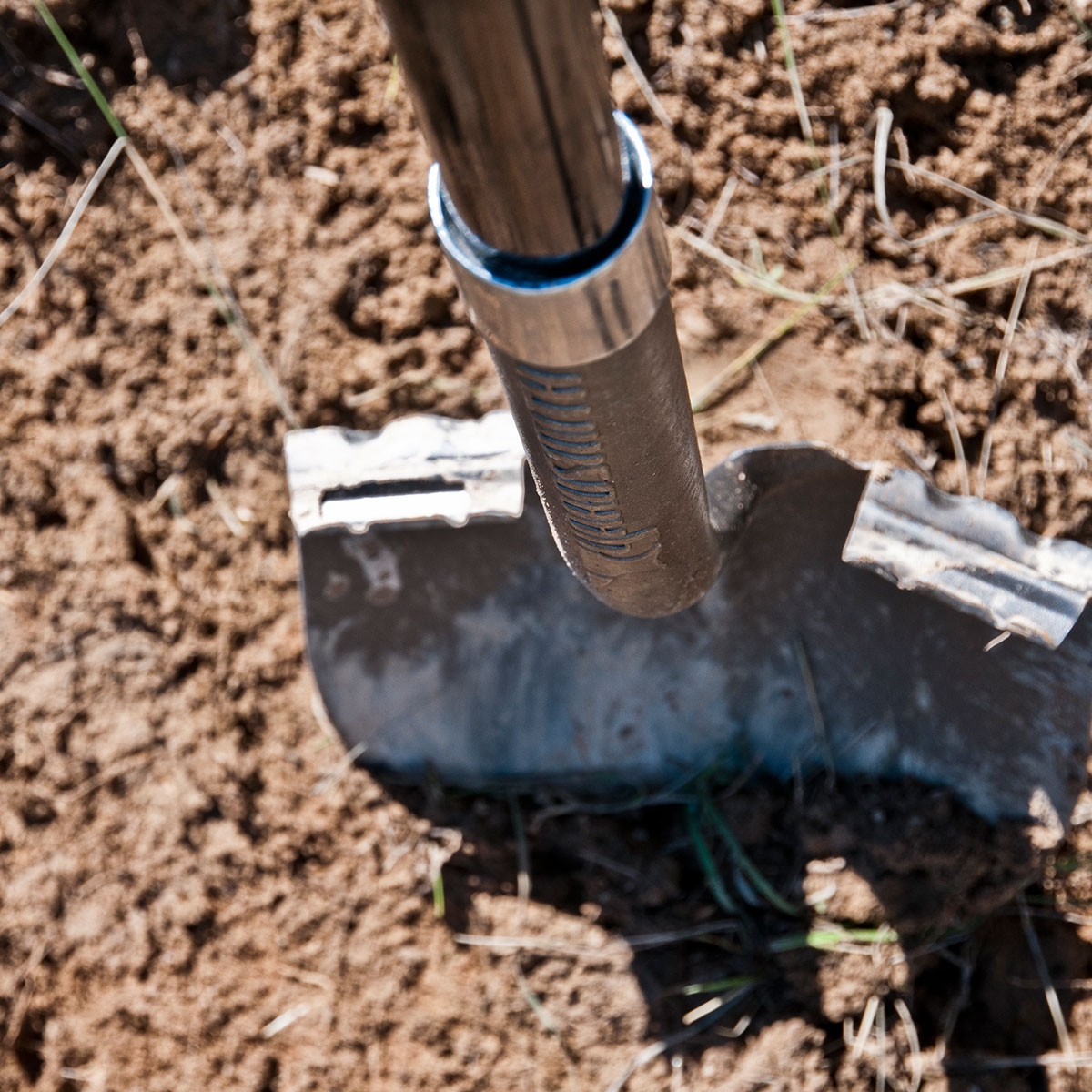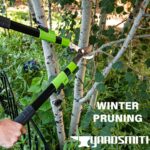Plant health depends on several factors and can be achieved with proper management techniques. Right Plant, Right Place: Select plants for the correct site to minimize future stress. Soil Management: Regularly amend your soil with organic matter to improve drainage, tilth, compaction and nutrients. Efficient Irrigation: Avoid over watering your garden by using timers, placing plants with the same water requirements together, and watering as close to the roots as possible to create tolerant plants with fewer pests. Mulch: Apply mulch around the base of plants to hold in moisture and to keep weeds out.
adminFebruary 19, 2020

